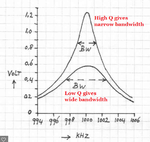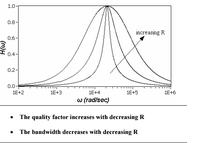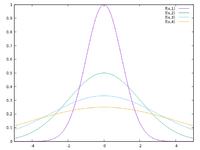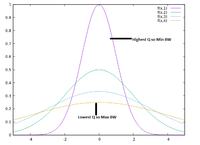sys_eng
Full Member level 4
resonance frequency means imaginary impedance =0, and therefore highest power output.
Do you want resonance frequency as high as possible? which means higher bandwith?
what happen if operate system at resonance frequency? or higer than resonance frequency?
Do you want resonance frequency as high as possible? which means higher bandwith?
what happen if operate system at resonance frequency? or higer than resonance frequency?



